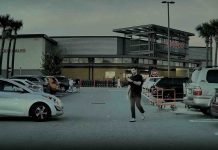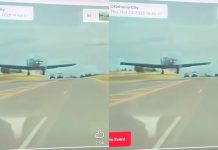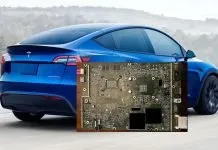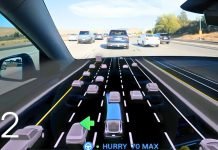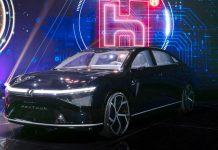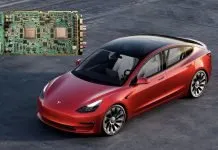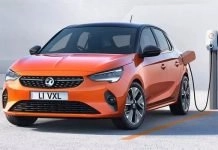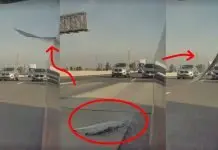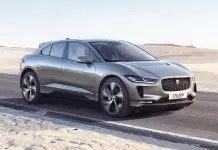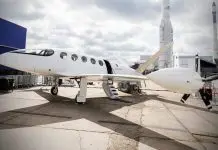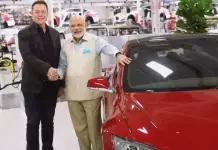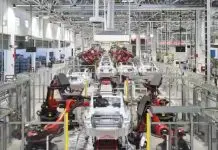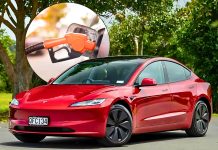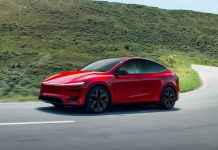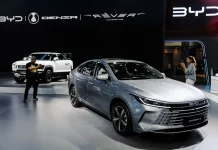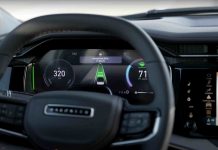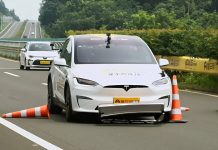Tesla’s latest Full Self-Driving (Supervised) v14 software continues to impress, and this time, it’s not about handling complex intersections or executing high-speed maneuvers. The new viral clip shot in a Costco parking lot has shocked viewers by showcasing the system’s almost human-like situational awareness and emotional intelligence.
In the video, the Tesla FSD v14 navigates a parking lot full of people, an environment known to be highly challenging even for the most skilled drivers. In the midst of the people, shopping carts, and turbulent car movements, we see the car coming into contact with a man who is waving that he is leaving a parking space. What follows does not seem like machine logic, but rather intuition.
The Tesla does not panic and stops calmly, unlike the traditional driver-assistance system, which tries to occupy the place immediately or moves erratically. One of the hand gestures of a person, a non-verbal cue that means ‘I am leaving,’ is recognized by the system, and the system decides to wait.
It maintains a safe distance, leaving sufficient space to allow the other car to turn back. After the space is cleared, the FSD then moves into the parking spot with a smooth move and perfectly in the center of the lines.
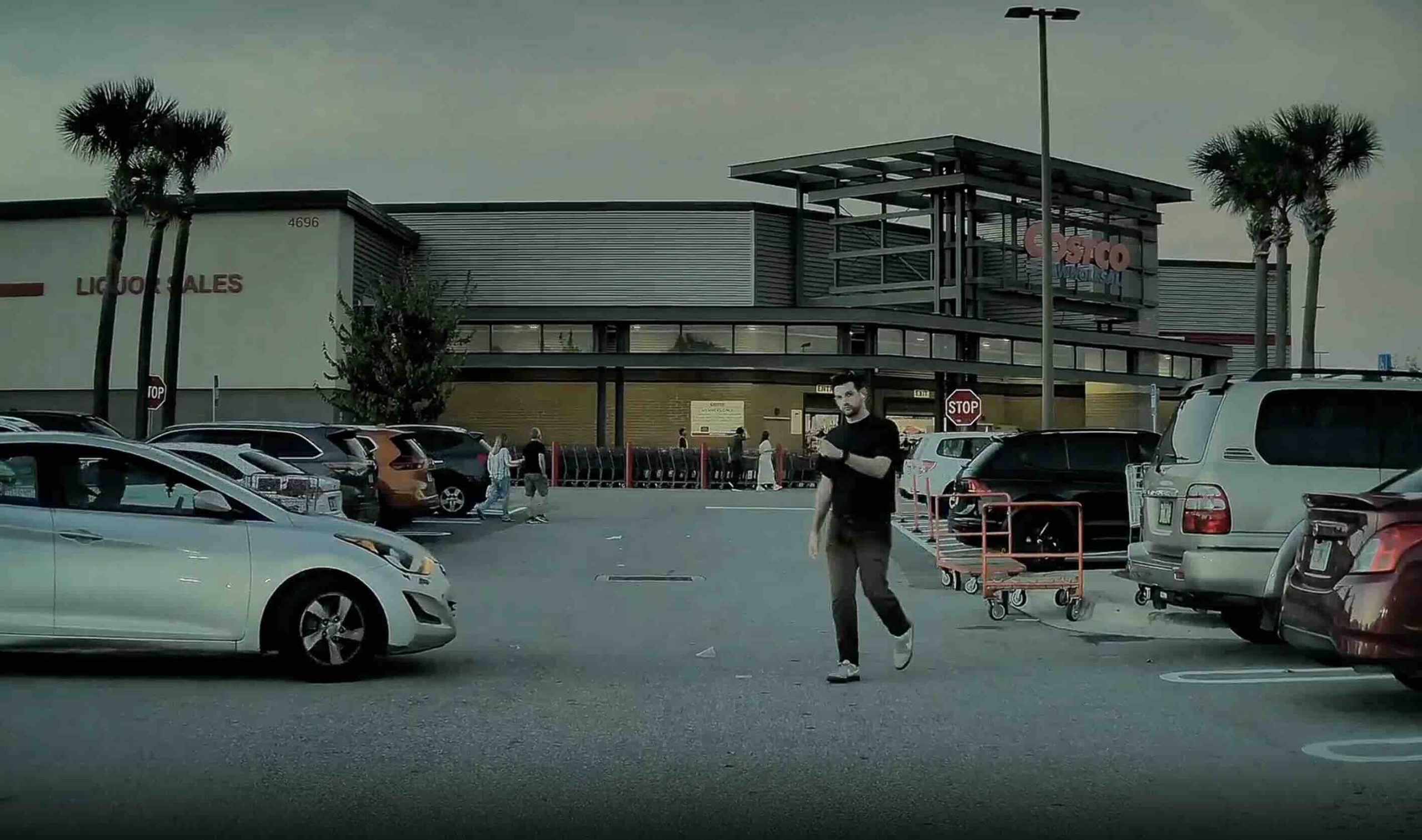
Human Intuition, Machine Precision
One of the most challenging environments for an autonomous driving system is parking lots. No lane marking, clear traffic flow, and predictable speed are present, as in highways. Rather, cars should deal with changing challenges, people, shopping carts, random stops, and ambiguous intentions.
FSD v14 seems to handle this chaos with ease. The system is based on the end-to-end neural network methodology of Tesla, which is trained on large volumes of real-world driving data instead of using necessary rules to program it. It means that it trains to perceive nuances such as gestures, eye contact, and patterns of movement, in the same way that a human driver would.
The main breakthrough is this gesture recognition. Classical driver-assistance systems are usually based solely on object detection, yet in FSD v14, the neural network is capable of making inferences. Being able to realize that a person is leaving a parking space and make the choice to wait is a jump in behavioral prediction, which is an important step toward safe, fully autonomous driving.
FSD 14 can recognize people’s gestures indicating they’re about to leave a busy parking lot at Costco.
This prompts FSD to halt and wait until the car departs and parks seamlessly in the exact spot. What a generational update.
Good job @Tesla pic.twitter.com/gQKn9IrL5Z
— The Kevin (@FSDope) October 25, 2025
FSD v14: A Major Leap in Perception
The release of Tesla FSD v14 is a significant change in the way the company’s automobiles perceive the surroundings. The v14 model is based on a single stack compared to multiple perception stacks in use in earlier versions to handle the various driving contexts. This enables the car to think more fluently in more complex real-life situations, whether on a highway or a driveway.
Elon Musk hinted in the past that v14 would create a quantum leap of driving smoothness and realism- and this Costco crash appears to validate it. The decision-making made by the car was not only technically correct but also socially appropriate, which is something that most autonomous systems are currently failing at.

